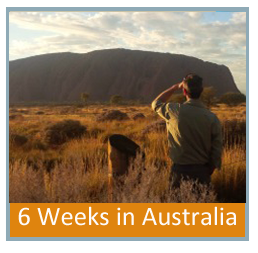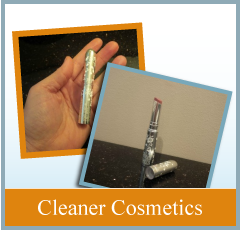Back in October, I wrote a guest post on the PhD in Parenting blog titled “Bullying is Bad. Don’t be a Bully.” It started like this:
It’s not politically correct, but I’ll say it: I’m tired of hearing about bullying.
I feel like we spend a great deal of time as a society these days talking about bullying and the importance of teaching children that bullying hurts. I think children already know that bullying hurts. That’s why children — and adults — do it.
Can we move beyond this rhetoric, this vacuous “bullies are bad, don’t be a bully,” to a more sincere discussion?
In sum, I was trying to express that although the current campaigns against bullying are well-intended, I doubted their effectiveness in actually getting to the root of the bullying incidents taking place in hallways, school buses, and facebook pages across North America.
I asked (begged? pleaded?) that we try and dig deeper on this. In response, I received so many insightful and heart-felt comments.
Many questioned our educational system’s response of “zero tolerance.” For example, Erin wrote:
“It’s so ironic that our solution to bullying is so often an authoritarian, disciplinarian, zero tolerance response, which just continues the cycle of powerlessness and shame that drives both bully and bullied.”
Most often, if a bullying incident is brought to a teacher’s attention, the bully(ies) are hauled in and forced to apologize to the bullied. We all know what happens here: a false apology is given, a punishment doled out, and the cycle continues. Don’t get me wrong, I’m not engaging in teacher-blaming here. From what I can see, teachers haven’t been given any substantive training on how to actually deal with bullying. And their response is similar to what we, as parents, are programmed to do as well. However, as Alyson Schafer notes, the unintended result when we insist that a child apologize is often as follows:
The child beings to feel angry at their parents and instead of owning the responsibility for their behavior they feel the other party actually got them in trouble with their parents, so they don’t feel empathy or remorse anymore. In fact, they now feel justified and not responsible!
Which brings me to wearing pink. I love the original story behind why wearing pink is a call against bullying, but I can’t help but wonder if Manitoba high-school teacher Michael Zwaagstra is bang-on the money when he says:
“I mean, frankly, there’s a certain amount of irony that, to combat bullying, we’re going to put pressure on everyone to wear the same type of shirt.”
So yes, raising awareness about bullying is good in and of itself, but it is not going to necessarily make the difference for our kids right now. Just as raising awareness around mental health/illness is good in and of itself, it’s not good enough — we need a health care system that is prepared, properly resourced, and backed by strong research programs to make a difference.
While I still don’t have the answers, I don’t want to end this post feeling like there aren’t any. So I will close will this very compelling recount of what one mother, Michelle H, experienced with her son and shared in the comments section of that original post on bullying:
What is also missing from this dialogue is one level of why: when children are presented with behavior they don’t like, don’t understand or are afraid of, they respond the way adults around them respond – they punish the perpetrator (or sometimes the scapegoat.) My son didn’t understand that kids perceive bossiness as hurtful. His friends, instead of telling him to stop, responded by torturing him – which ranged from name-calling to pushing to stealing and hiding his stuff. He had no idea why this was happening.
The problem was that these kids saw HIM as the bully, and had no other tools with which to handle the problem. The fact that a huge imbalance existed between the initial social missteps my son made and the actions of these kids did not occur to them.
Bottom line: schools need to offer kids social skills training. We need trained staff at lunch and recess who can keep an eye out for these kinds of problems and give kids tools to navigate them appropriately. In our case, eventually the school hired someone with a background in social work who “got it,” sat all the kids down separately and taught them appropriate ways to handle the situation, while holding them accountable for their bad behavior. It was amazing to me (I’d been asking the school to intervene for some time) how quickly this solved the problem, and I realized that the reason bullying is often ongoing is that replacement behavior is rarely offered.
Please feel free to share your thoughts on bullying and what we, as parents and adults in our community, can do to help. In addition, if you know of any helpful resources for parents or kids (books, movies, etc), please share those too!
Image source: The image above is taken directly from the PinkShirtDay.ca site. Don’t you just love how it perpetuates the stereotype that a bully is the big dopey boy with turned up baseball cap, while the bullied is the small nerdy boy wearing glasses and a propeller hat? Please.

















Speak Your Mind